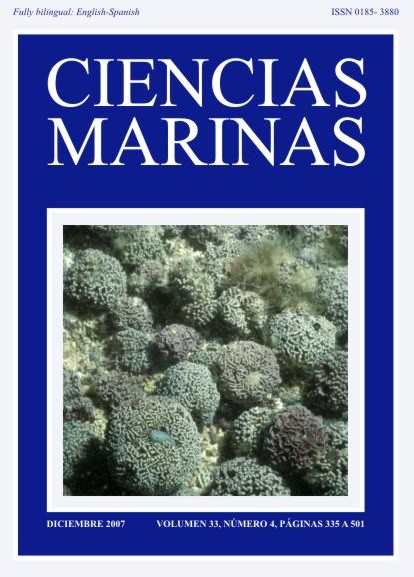Uso de técnicas de fechado con carbono radioactivo para interpretar ambientes históricos de bancos de rodolitos
Main Article Content
Abstract
Beds of nongeniculate coralline algae, known as rhodolith beds or maerl, occur throughout the world. They are protected under European legislation due to their high conservation value; however, within Europe there are significant areas of dead maerl deposits and the causes of the demise of these past habitats is not always clear. In this study we utilize radiocarbon dating techniques to constrain the time of the maerl bed deaths from a number of historical or pre-historical possibilities. We highlight the threat from burial to these precious habitats, which has implications for contemporary conservation. We found that a maerl bed in Strangford Lough, Northern Ireland, was killed around 4200 14C BP (before present, AD 1950), which is the same as a previously reported maerl bed death in Marseille, France. This also coincides with evidence of a significant period of climatic change. The case study of Belfast Lough highlights the modern threat to maerl bed by sedimentation caused by channel dredging, which complements previous experimental work.
Downloads
Article Details
This is an open access article distributed under a Creative Commons Attribution 4.0 License, which allows you to share and adapt the work, as long as you give appropriate credit to the original author(s) and the source, provide a link to the Creative Commons license, and indicate if changes were made. Figures, tables and other elements in the article are included in the article’s CC BY 4.0 license, unless otherwise indicated. The journal title is protected by copyrights and not subject to this license. Full license deed can be viewed here.

